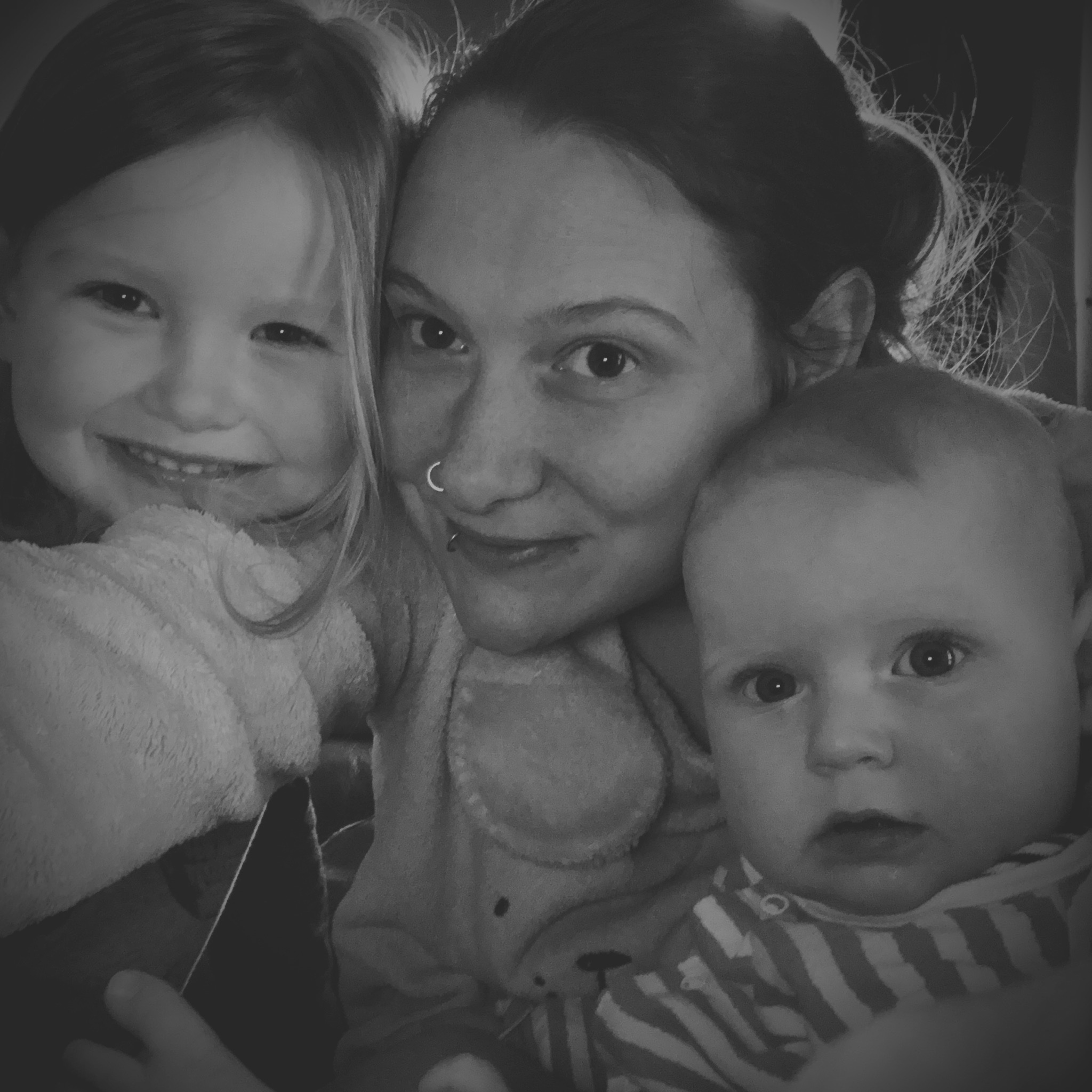The Butterfly Transect - Castlemilk Park Glasgow
- Emma Taylor

- Aug 30, 2020
- 4 min read
Updated: Apr 25, 2021
I want to share with you the butterfly transect the boys and I do. This is the main volunteering I do for the park, and all the data I record contributes to UK Butterfly Monitoring Scheme - nationwide annual data on butterfly populations.
What is a Butterfly Transect?
The Butterfly transect is basically a fixed-route walk which is established at a site where butterflies are recorded along the route once a week. Transects are typically about 2-4km long, taking about 45 mins - to 2 hrs to walk, and divided into sections corresponding to different habitats.
Castlemilk Park Butterfly Transect
Below is the the route ( blue dashes) through Castlemilk Park that we follow when recording.

It is 2016m long and takes me about an hour - a bit longer now since Levi joined us. We record any butterflies we see that is within 5m distance of us.
Section 1 (S1) of the transect is known in the park as the Daffodil Walk, at the end of this section we pass by the newly planted wildflower meadow opposite the football pitches .

On the way to the meadow there are a handful of buddleia bushes dotted along the left which makes this section my favourite around late summer. Along with many different species of bees and hoverflies ( like the large Pellucid Hover Fly below) - it’s great for spotting peacocks, red admirals , painted ladies and small tortoiseshells.
The meadow itself, I’m hoping to be the star of the show once it fully establishes . This will attract many insects and certain butterflies I won’t tend to see in other parts of the park.
These are pictures of the meadow below, the Meadow Vetchling ( last pic below) is already doing very well.
Section 2 (S2) follows straight on as it is the main path all the way down to the stables. On the walk down I usually see Large and Small whites which usually stop and flutter about the big rodehdenrodron bushes ( pics below) , Commas are usually down on the left side too - I find them on dandelions on numerous occasions.
Section 3 (S3) is from the stables, over the bumpy bridge ( as it’s known to Jared ) and around the pond on the right side. Once we pass the pond, we go down the path to the left, towards the start of the old woodland walks.

On the right side of this section (pic 1 below), during the end of April/ start of May- I will see many garlic mustard plants - therefore this is the best section for seeing orange tips & I see a lot of green-veined whites here too.

There is a huge patch of nettles just opposite the Giant Sequoia tree (pic 2 below) , just past the pond. Here I usually see red admirals fluttering up and down above them. Nettles are where many of our big colourful butterflies lay their eggs.
The 3rd picture above shows the route we take to the final stretch of S2 - this is that path to the left which leads the way to the ancient woodland. Here is where we saw a Light Emerald moth (top/left) & a Silver-ground Carpet ( bottom/right). Speaking of moths, the park has Ragwort in various places, these are the food plant for the yellow and black striped Cinnabar moth caterpillars - I am looking forward to spotting these - I think they are one of the most beautiful moths; the larvae are pretty cool too!
At the end of this section we stop recording and walk down through the woods and out of the Croftfoot Drive entrance. Then its a quick wee turn back in and up - along to the old school football pitch - this is Section 4 (S4).

Here is where I usually see the most butterflies in one place. The grass here is inundated with meadow browns and ringlets . It is such a sun trap, so I usually see big peacocks basking on the ground in this last section. Recently , I recorded my first Small Cooper here- so this was quite exciting as I was only expecting to see these in the new wildflower meadow.

This area is the best area for Jared to have fun in; he likes to get the net out here and try catch the grasshopper. I’ll also have him begging me to catch a butterfly for him to look at - just to make sure we know what one it is!
Thanks to butterfly conservation’s online training courses I’ve taken part in, I’ve learnt how to do this accurately and safely . I can proudly say, no butterflies have ever been injured due to my netting skills.
And that’s it ! That’s the transect. If anyone local is interested in doing this transect, get in touch, usually a few people are signed up to walk a Transect so it always gets done when someone can’t. At the moment I am the only volunteer on this; and I cant always get out when it’s suitable.
I try my hardest to do this weekly during April & September, when the weather is at its warmest and it’s not raining . It can be quite tricky to time it right, especially with the boys - but we’ve been doing okay so far .
Hope you enjoyed reading about our Transect , and as always - please get in touch with any questions - also if you do want to get involved with this Transect or any near you, I will get you in touch with the right person!

































Comments